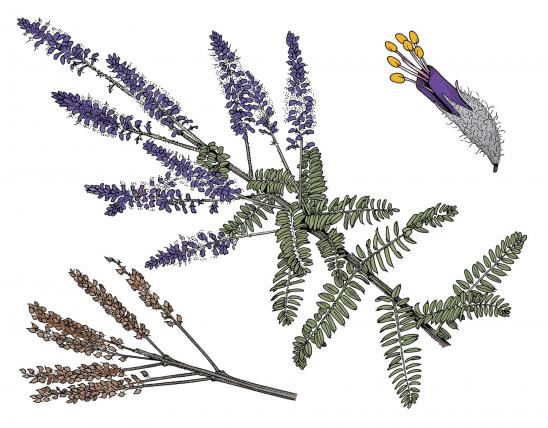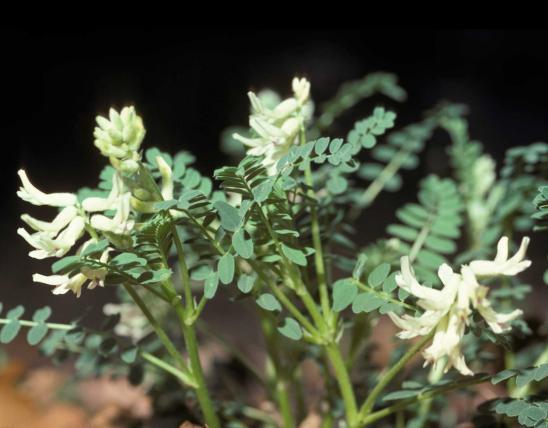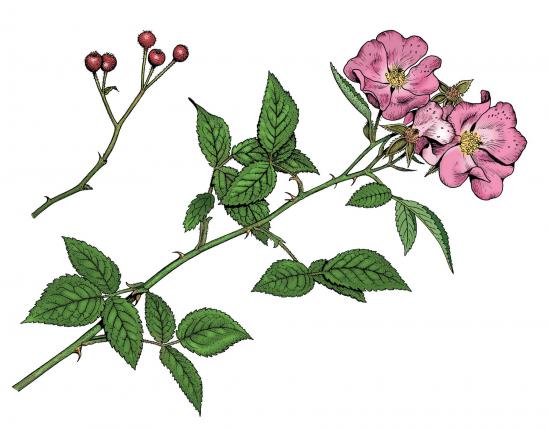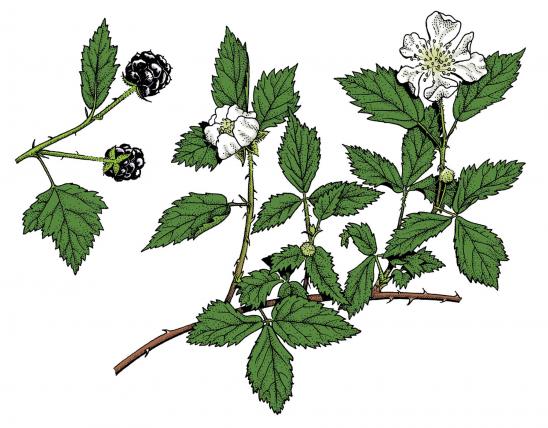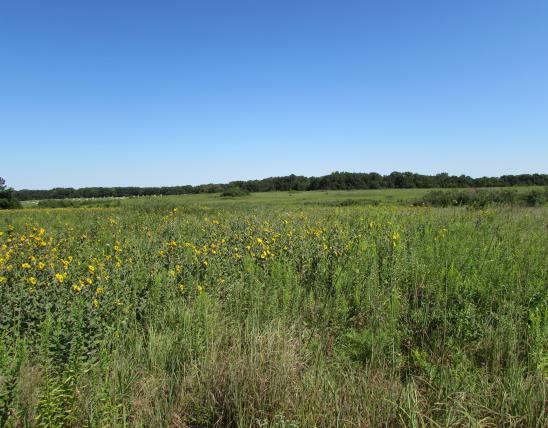The Conservation Department acquired this prairie in 1987.

Sensitive briar is a trailing or creeping perennial of dry areas, entirely covered by hooked barbs. Flowers in ball-shaped heads on long stalks arising from leaf axils; florets many, funnel-shaped, pink to rose-colored, with yellow-tipped stamens protruding. Blooms May–September. Leaves alternate, double-compound, with 13–15 primary divisions that are again divided into 8–16 tiny leaflets (called pinnules). These small leaflets are sensitive to touch and can fold and close like those of the related mimosa tree. Fruit a slender, very prickly pod to 3½ inches long, splitting lengthwise into four parts when mature.
Stem length: to 4 feet.

Statewide except northeastern Missouri and Southeast Lowlands.
Habitat and Conservation
Occurs in glades, upland prairies, savannas, openings of dry upland forests, old fields, ditches, railroads, roadsides, and (rarely) open, disturbed areas.
Human Connections
Rural children learn not to run through prairies barefoot because of the sprawling, scratchy stems of this plant, also called "devil's shoelaces." Sensitive brier is desirable in pastures, providing nutritious food for all kinds of livestock while improving the soil with its nitrogen-fixing ability.
Ecosystem Connections
Quail and other birds eat the seeds, and wild turkey and deer eat the foliage. The flowers produce pollen but no nectar, and a variety of different bees are the primary pollinators. They scrape pollen from the whole head as if it were a single flower.








Where to See Species
The Conservation Department acquired this prairie in 1987.























